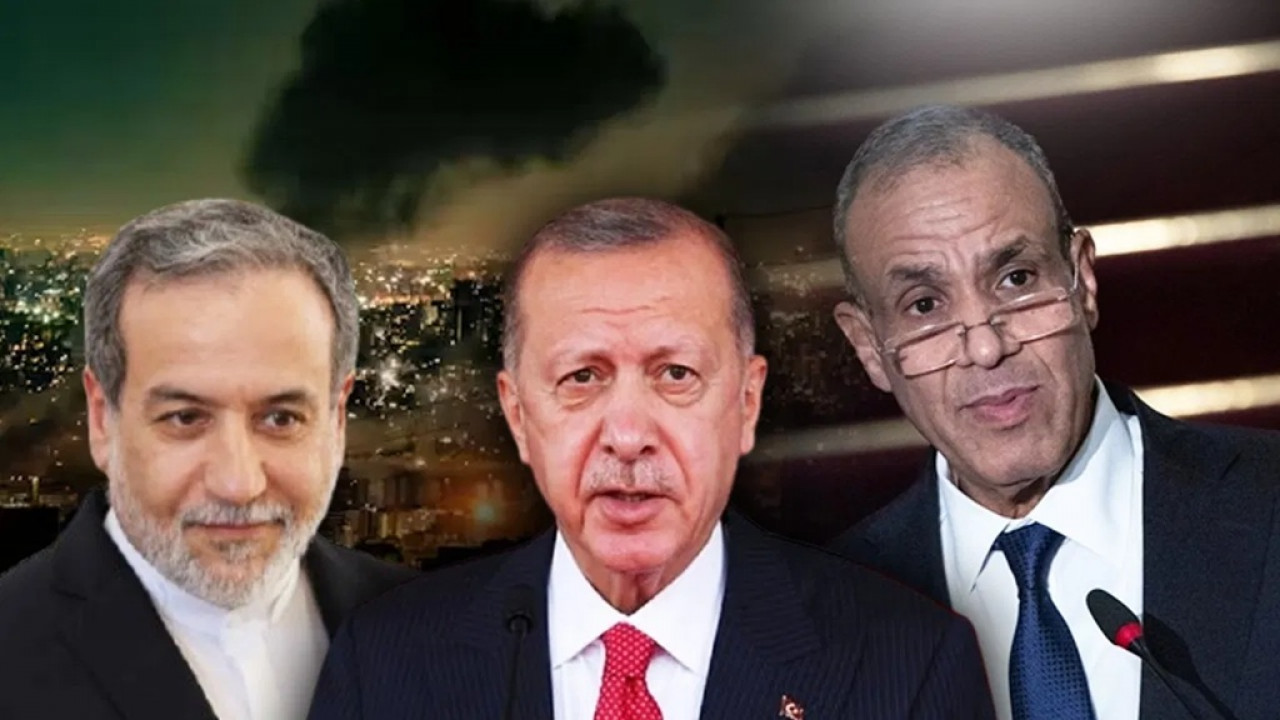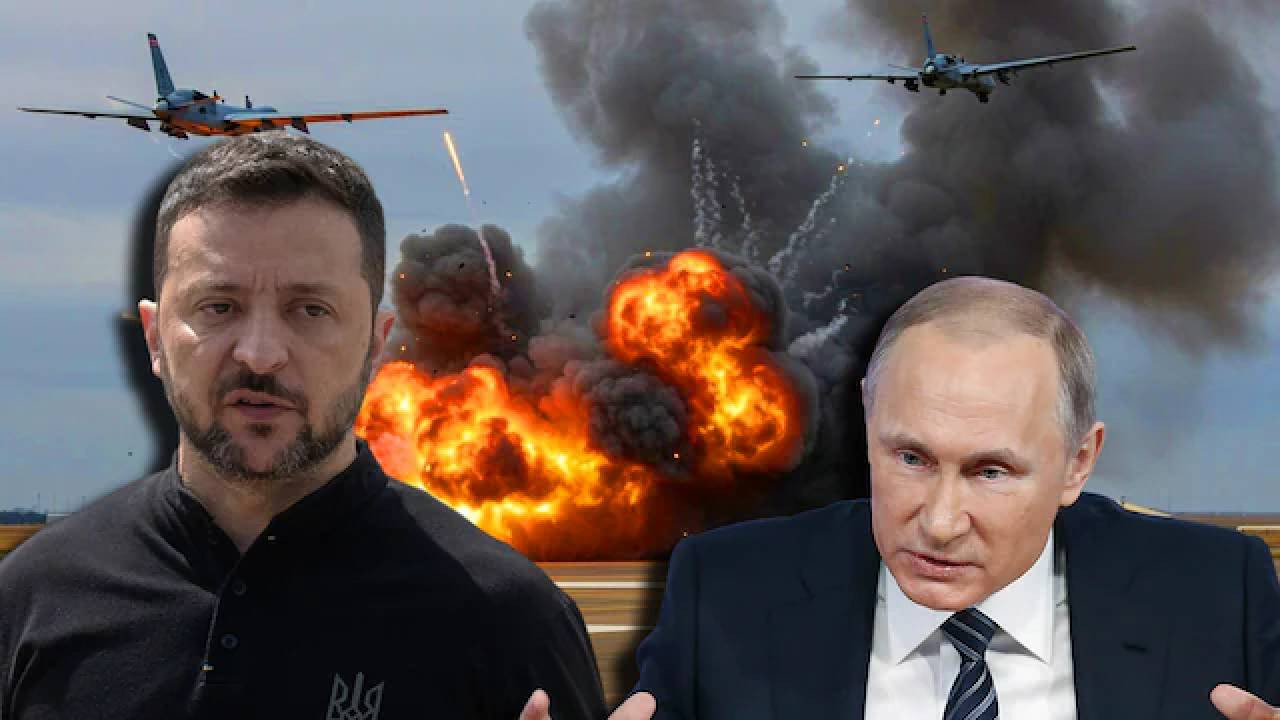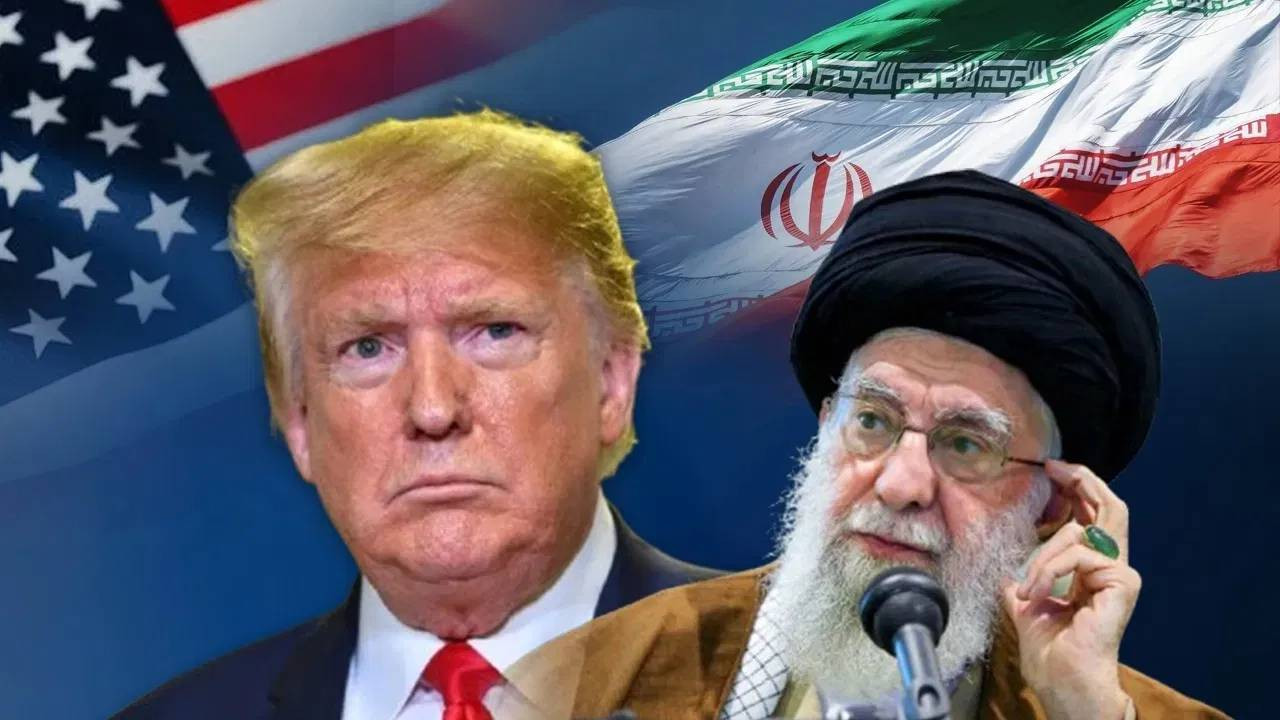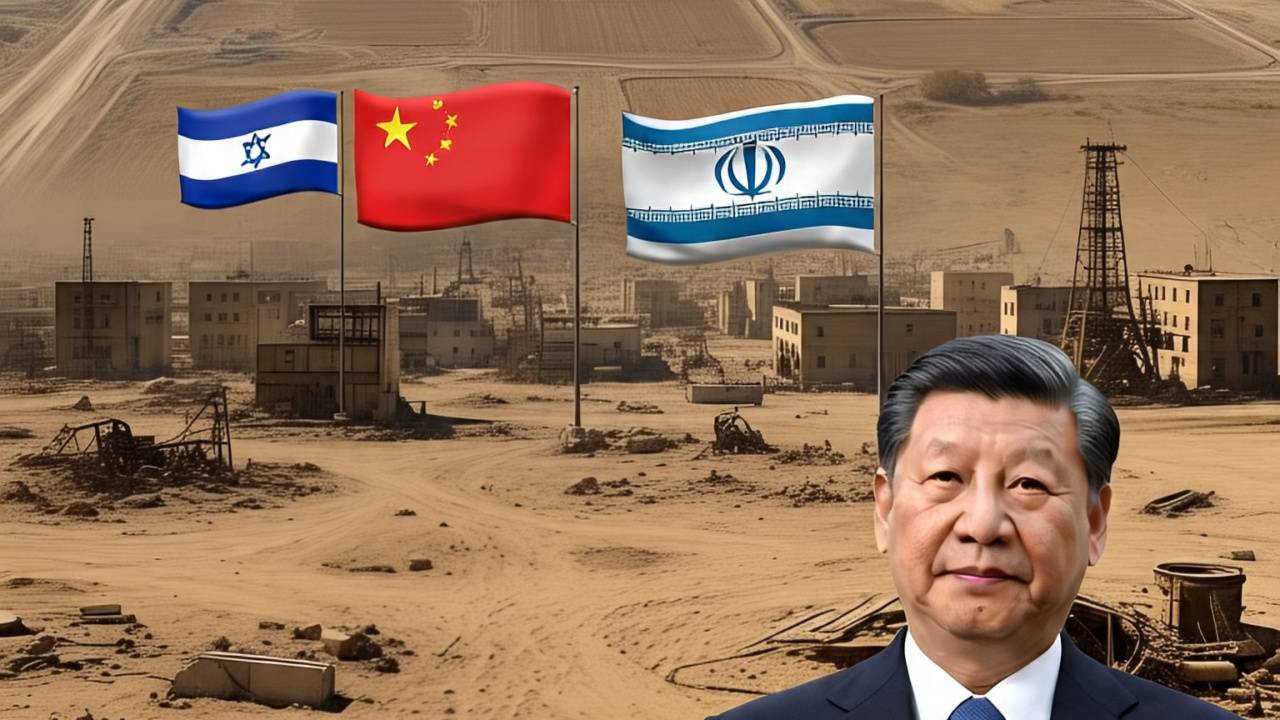Tensions in the Middle East have sharply escalated as the United States deploys advanced fighter jets, warships, and even a nuclear command aircraft near Iran. The U.K. has joined the military buildup, sending Eurofighter jets and support aircraft. In a dramatic turn, the U.S. has issued an ultimatum urging Iranian civilians to evacuate major cities like Tehran immediately, signaling possible imminent strikes. Iran has vowed to retaliate, and thousands of residents are fleeing urban areas. The situation is drawing global attention, with concerns rising over a potential full-scale regional war. Diplomats continue to push for de-escalation, but military movements suggest the conflict may be reaching a decisive point.
Escalation in Military Presence
The United States has dramatically increased its military posture around Iran, deploying advanced fighter jets—F22 Raptors and F35s—alongside airrefueling tankers and warships, including the USS Nimitz and a fleet of Arleigh Burke–class destroyers and missiledefense capable cruisers. A submarine has also stealthily entered the Gulf region. On U.S. soil, the nuclearhardened E4B “Doomsday Plane” was repositioned near Washington, D.C., signaling a high-alert status. Within hours, Britain announced its own reinforcement—dispatching Eurofighter Typhoons supported by aerial tankers to the Middle East. Prime Minister Keir Starmer cited rising threats and the need to support allies. U.K. forces are now bent on regional protection and deescalation efforts, though the military presence is unmistakable. Iran’s Supreme Leader Ayatollah Khamenei rejected the demands as coercive, vowing severe consequences should foreign forces target the country. Tehran’s streets are nearly deserted, with communication blackouts and mass departures underway. Officials report thousands of residents fleeing, opting for safety over civil order.
Regional Violence Spikes
The buildup follows a deadly series of airstrikes and missile barrages. Israeli forces launched targeted strikes at multiple Iranian military and nuclear sites, including those in Tehran, Tabriz, and Natanz. In retaliation, Iran fired hypersonic missiles toward Israeli infrastructure, though most were intercepted. Casualties are mounting, with hundreds reportedly killed.
Global Diplomacy and Evacuations
Foreign governments, including the U.S., U.K., and members of the EU, have advised citizens to depart Iran, citing escalating dangers. Commercial flights and embassy operations are being scaled down or suspended. Iran has responded with cyber restrictions, curfews, and heightened internal security.
International players such as China, Russia, and the U.N. have issued calls for restraint and negotiated cooling-down mechanisms, fearing a broader regional war. Diplomatic channels remain open even as military assets surge on both sides.
What Comes Next
With both superpowers—and NATO ally Britain—locked in a forceful display of deterrence, any misstep could ignite full-scale war. Iran remains defiant but vulnerable to advanced aerial and naval systems. The coming days will reveal whether threats are merely symbolic or prelude to direct engagement. Military analysts warn the buildup is unprecedented in recent history and could reshape geopolitical alignments in the Gulf.












